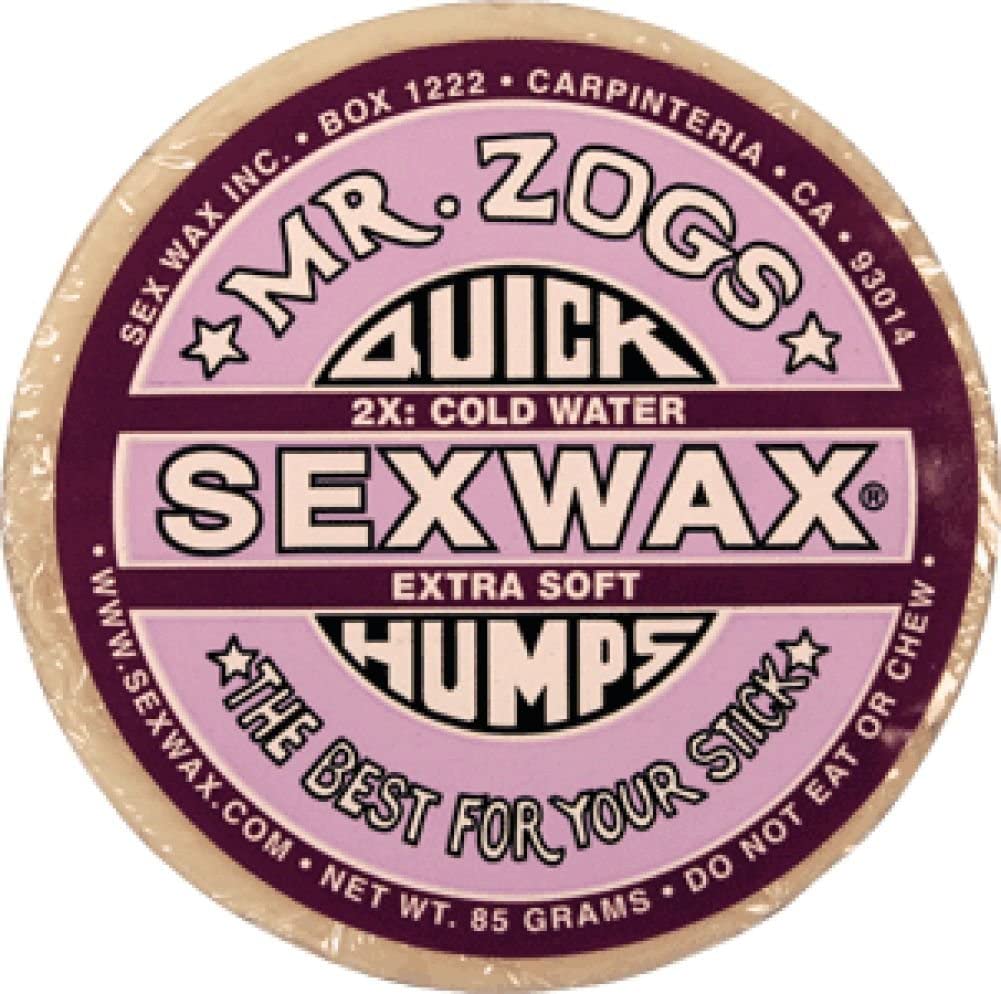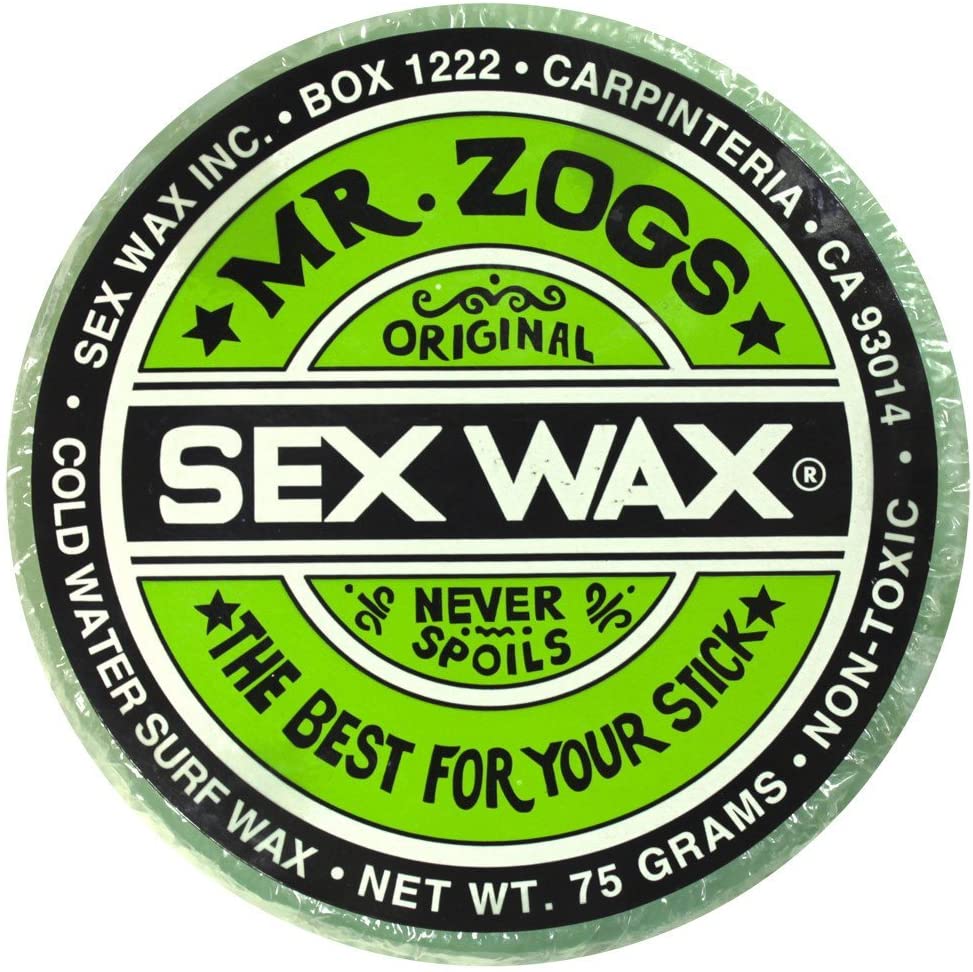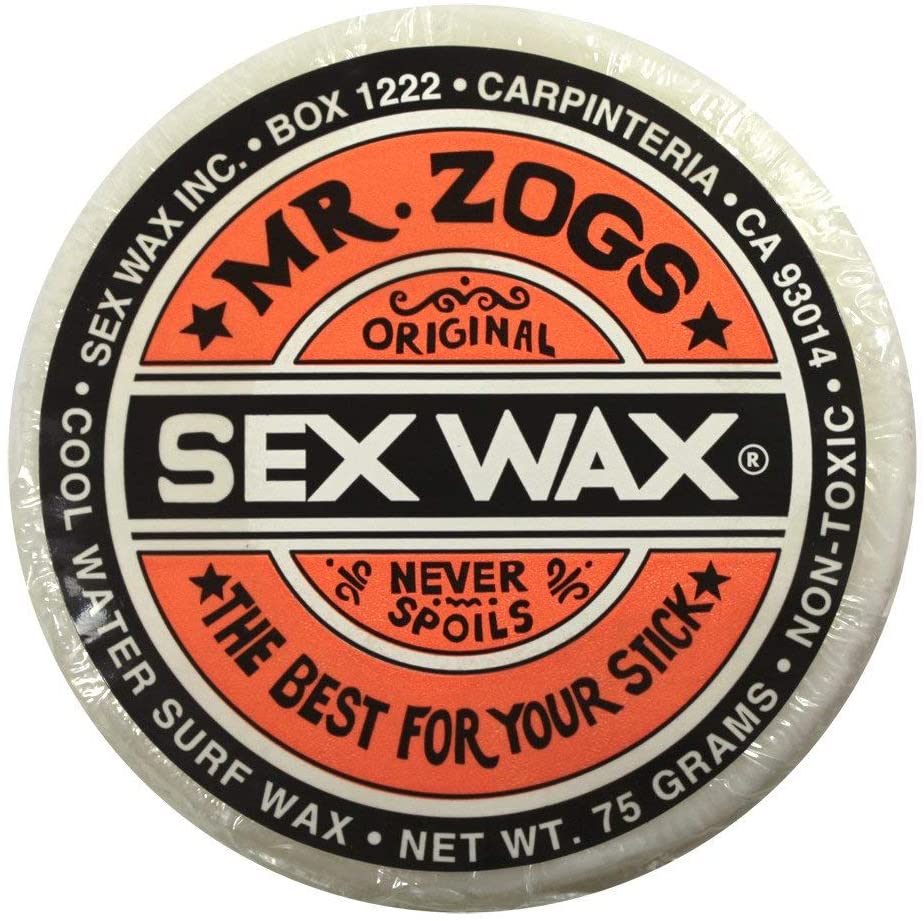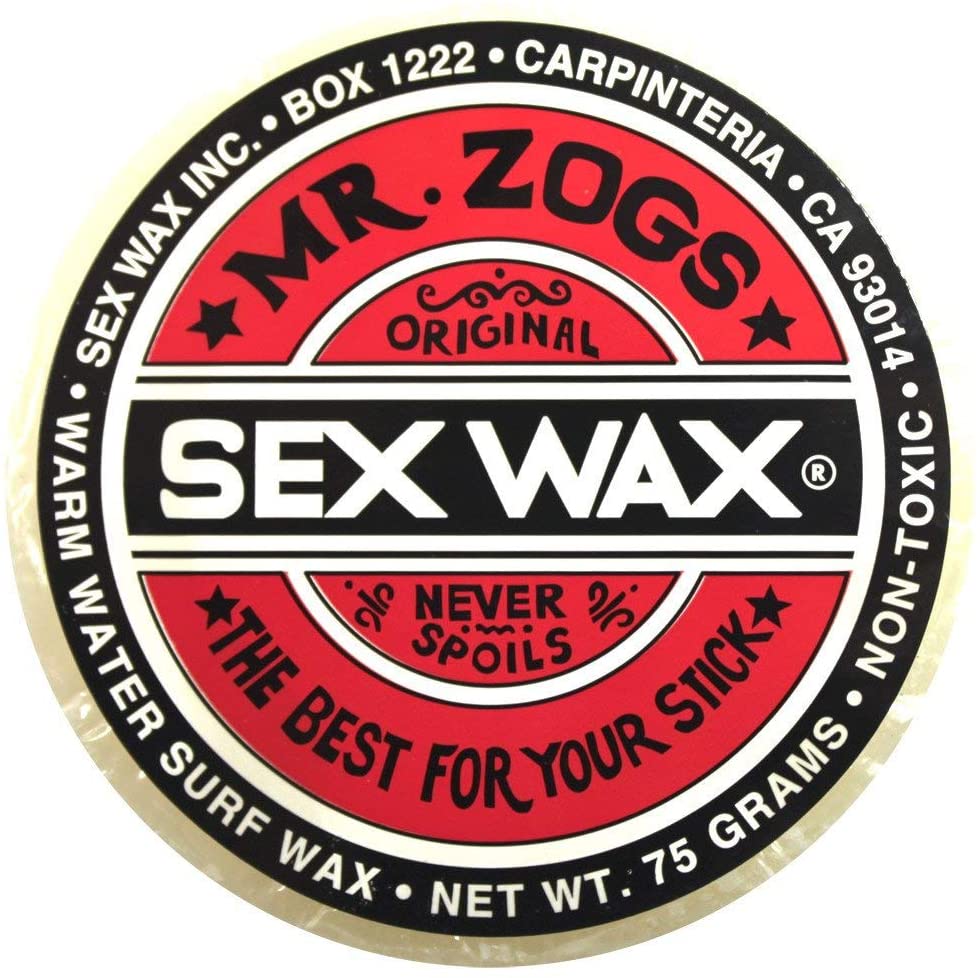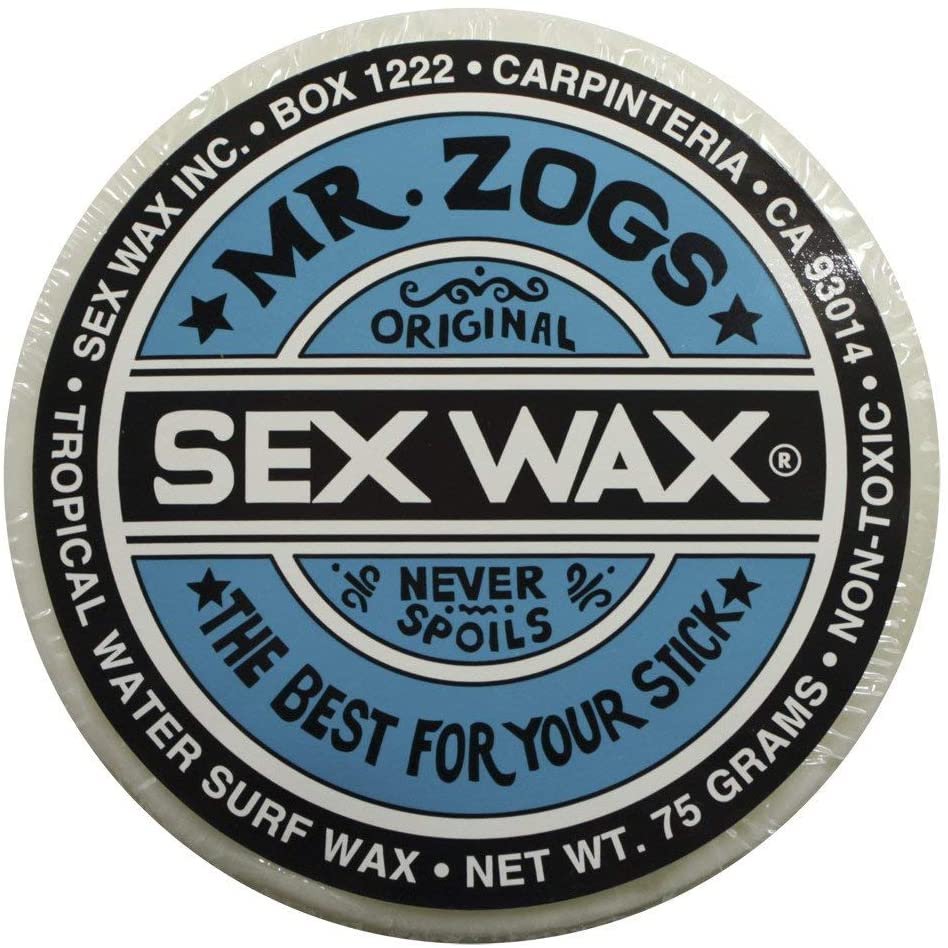Right from the start, bodyboarding is very easy to learn. But, once you are gripped by bodyboarding fever, some questions arise very quickly. Some of the most common ones involve waxing the bodyboard.
Here we’ll give you the answers to the following questions:
- Do you have to wax a bodyboard at all?
- When is waxing recommended?
- How do you wax a bodyboard properly?
- Are there other options?
- What types of wax are there and how do they differ?
- How can you essentially over-wax a board?
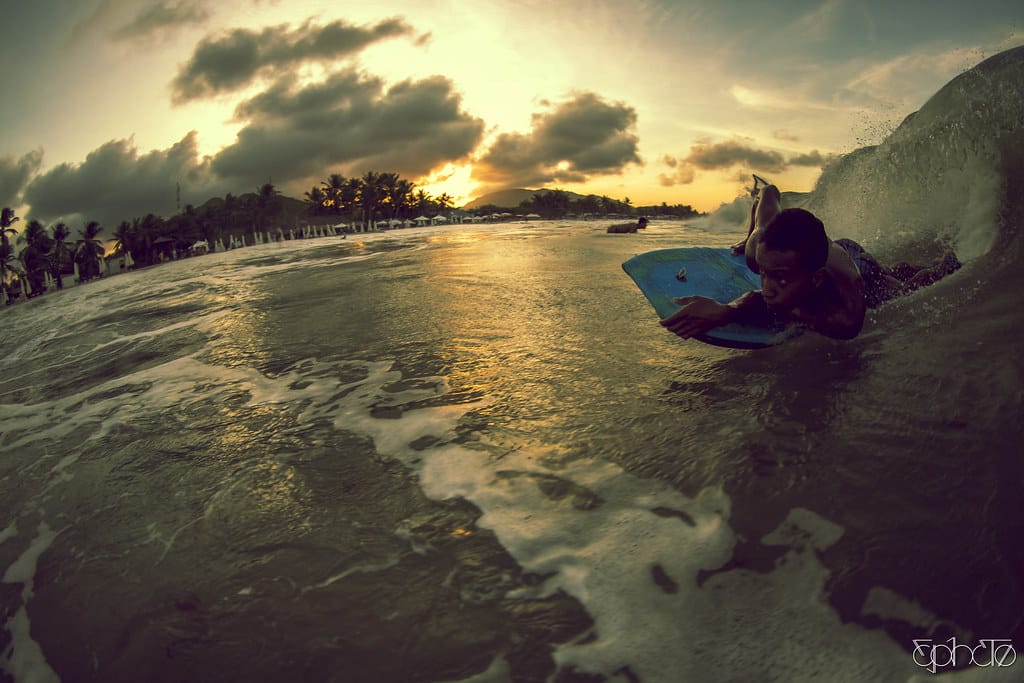
Bodyboard Wax: What You really Need to Know
Do you have to Wax a Bodyboard?
As a beginner, if you make your first rides in smaller and simpler waves, you need not think about waxing your bodyboard.
However, as you progress to more challenging waves, waxing will help you stay on the board.
Especially with new boards, which have a smoother surface, waxing may be a necessity for all but the smallest of waves.
We believe, therefore, as soon as you get the feeling that you’ll slip off the board, or you cannot hold it without too much effort, appropriate wax should be used. It will simply help you to have more control when bodyboarding.
But if you get the feeling that your board feels much less stable with wax than without, then you’ve probably used too much wax. How and where to best wax the bodyboard, we show you below.
How to wax a bodyboard properly
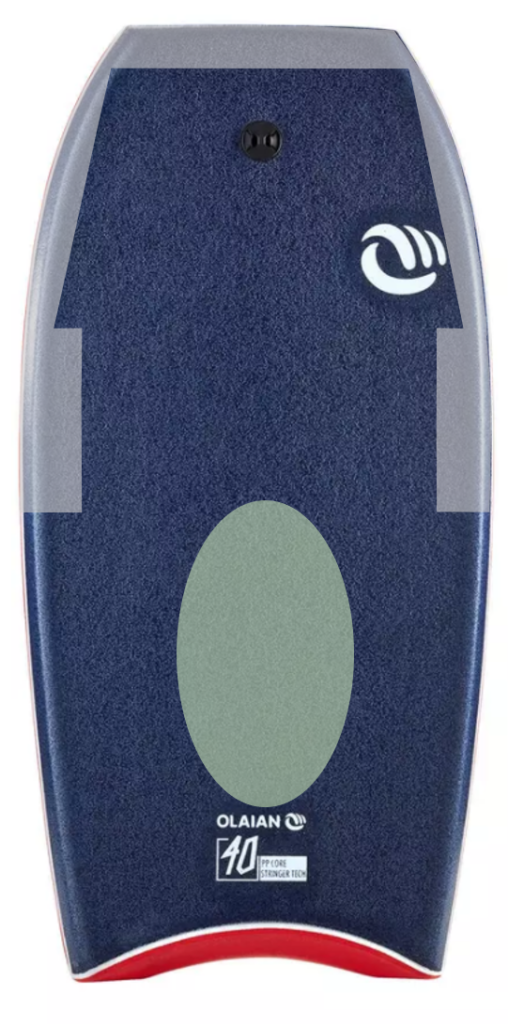
Regarding the area where you should apply wax, you can generally go with the approach that you should apply it either where you hold the board or where your elbows are positioned during riding.
Consequently, we believe wax coating on the nose and rail areas is the most important, as it gives you a better grip when you’re in contact with the bodyboard.
Some riders also apply some wax to the place where the belly and hips make contact with the board. Personally, we only do that once with new boards. Later you do not need to wax this area, as it reduces your maneuverability on and with the board. We then focus the waxing solely on the rail and nose areas.
Depending on the type of board and the wax you’re using, you might want to apply a base coating so the wax sticks better, but in most of the cases this is not necessary (see explanation below). When applying the wax, you can do circular, diagonal or parallel motions.
You can also apply surf wax to your wet suit, your hands, and the top of your board. However, wet suits are typically not designed to tolerate wax and might disintegrate after longer contact with it.
Get a wax scraper as well so you can skim off the excess. Never rely on looks alone but always feel the waxed area and test the grip. Apply more wax rather than less and then use the scraper as needed.
Wax in shade and avoid direct sunlight. The wax can melt and drip, causing a mess or putting you back to the point you have to start over. In fact, don’t leave the bodyboard in the sun at all or it can easily get ruined by the heat and the UV rays.
If the bodyboard is too glossy and the wax won’t stick, experts recommend washing it in salt water or rubbing some sand on it. If you find yourself falling off the board too much, it’s time for more wax.
The different Types Of Bodyboard Wax

There are four to five types of bodyboard wax:
- tropical: approximate temperature range 78° F and above
- warm: approximate temperature range from 68° to 78° F
- cool: approximate temperature range from 58° to 68° F
- cold: approximate temperature range from 48° to 58° F
- x – cold: approximate temperature range from 48° F and below
The kind you use depends on your preferences, the ambient air temperature, and the water temperature. The reason why there are different type of waxes is that cold water hardens the wax, while warm water softens it. Consequently, waxes for colder temperatures are softer and stickier compared to those made for warm water.
We think that for most instances a single wax application is sufficient, which means that you only use one wax formula at the time. However, if you feel that you do not get the level of stickiness of the wax with enough stability (wax gets washed away too fast), you should try out a corresponding basecoat/topcoat combination. For a really good explanation on how to choose the right combination of basecoat/topcoat wax, go to the Mr. Zog website.
Special note: Did you know that wax from Mr. Zog also comes in different flavors like Coconut, Root Beer, Strawberry, or Pineapple?
Dewaxing the Bodyboard
A blow dryer makes it easy to dewax your bodyboard. Turn it on and set it to blow hot air.
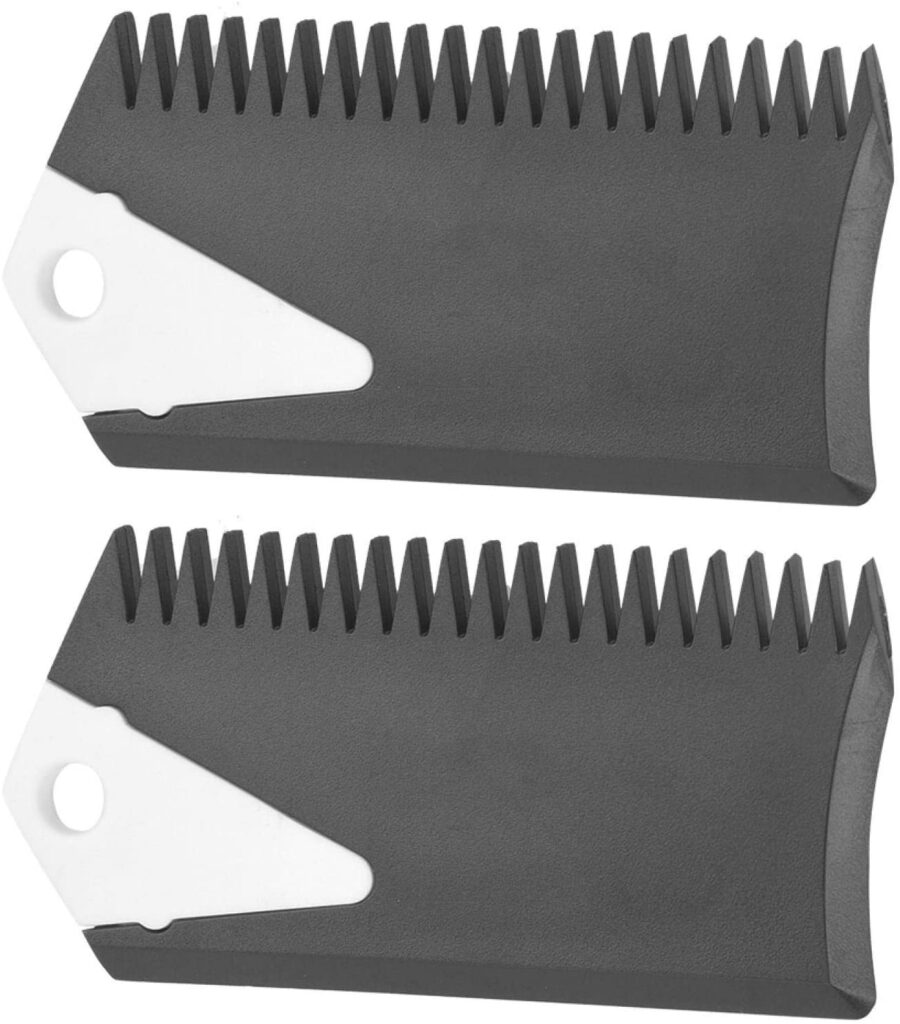
Don’t aim it straight at the wax, but at an angle in order to prevent damage done to the board. When you notice the wax melting, use a wax comb to take it off.
If you don’t have a wax comb, use anything with a sharp edge that won’t damage the board, like a business card or a debit card. Repeat as needed until all the wax is gone.
Hot water is another valid method for dewaxing the board. The water should be scalding hot but not boiling, again so it doesn’t ruin the board’s material. Pour water over the board until you see the wax melting. Scrape it off just like with the blow dryer method.
Rubbing the wax with a towel will create some friction, heating the wax and helping you scrape it off as well. This is the least practical method and one that probably ruins the towel, but you should know about it regardless.
Conclusion about waxing the bodyboard
Proper waxing of your bodyboard helps you to always have a good grip and thus have more control when surfing.
However, you should definitely not make waxing the bodyboard more complicated than necessary. The tips we have given you in this article are enough to find the right setting for you. You’ll have to experiment a little, but hey, experimenting with bodyboarding is definitely not the worst way to spend your time!
Where to get more useful information about Bodyboarding
On coolwatersports.com you can find a plethora of very helpful information about Bodyboarding and other cool Watersports!
So check it out!


